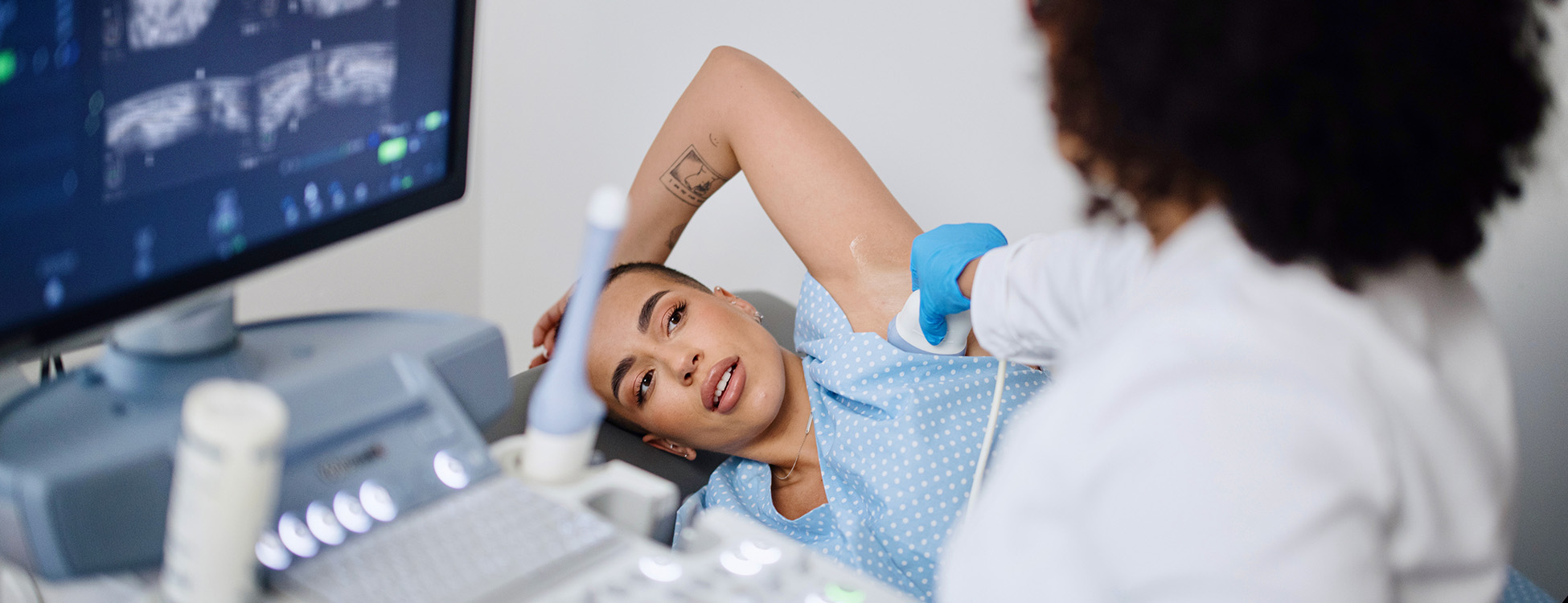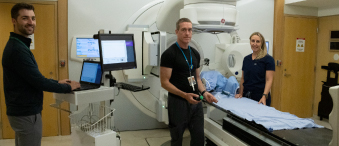
A brief history — and hopeful future — of breast cancer
Breast cancer is perhaps one of the most visible cancers today, thanks in large part to the highly successful pink ribbon campaign of the 1990s, but it wasn’t always this way.
While breast cancer was first described more than 3,500 years ago in Ancient Egyptian records, since then, a combination of taboo and embarrassment mean it often went undiagnosed and untreated.
In all those years, though, there were few treatments available before the 18th century. In 1757, French physician Henri Le Dran introduced the surgical removal of tumours and infected lymph nodes as a treatment option. This approach morphed into radical mastectomy, where not only the breast was removed, but also an extensive amount of surrounding tissue. Though improvements in anesthesia, hygiene, and blood transfusions improved surgical outcomes, this approach remained the best option for breast cancer well into the 20th century.
Yet, in the past 20 years, everything’s changed. And as we look ahead, there’s hope on the horizon for breast cancer prevention and treatment.
But first, let’s take a closer look at breast cancer.
What is breast cancer?
What causes breast cancer?
Like any cancer, breast cancer occurs when the DNA in those cells mutates or changes. About 13% of people with breasts will develop breast cancer in their lifetime. In 80% of all cases, there are no known risk factors.
Between 5–10% percent of breast cancer cases are connected to harmful hereditary genetic variants, passed down through family members. These variants can increase the chances of someone getting cancer.
Other risk factors include: increased age, dense breasts, alcohol use, reproductive history, and family history.
Some breast cancers — about 75% total — are sensitive to the hormones estrogen and progesterone and need these hormones to grow. These breast cancers are called hormone receptor-positive.
How do you treat breast cancer?
Surgical removal of breast cancer and surrounding tissue remains a common treatment. However, it is often combined with other treatments, and advancements in surgical approaches mean surgery is less invasive with better outcomes.
Other treatments include:
- Chemotherapy: Drugs that shrink or kill the cancer cells
- Radiation therapy: Using targeted, high doses of radiation to kill cancer cells
- Hormonal therapy: For breast cancer cells that are hormone receptor-positive, hormonal therapy can block them from getting the hormones they need to grow
- Biological therapy: Harnessing a patient’s own immune system to fight the cancer
What is the future of breast cancer at The Ottawa Hospital?
Thanks to our uniquely collaborative environment and thoroughly modern Rose Ages Breast Health Centre, The Ottawa Hospital is a leader in the field of breast health.
Our researchers are looking at everything from prevention to diagnosis to treatment. Here are just a few of the exciting new developments that are helping patients today — or will be helping them tomorrow.




